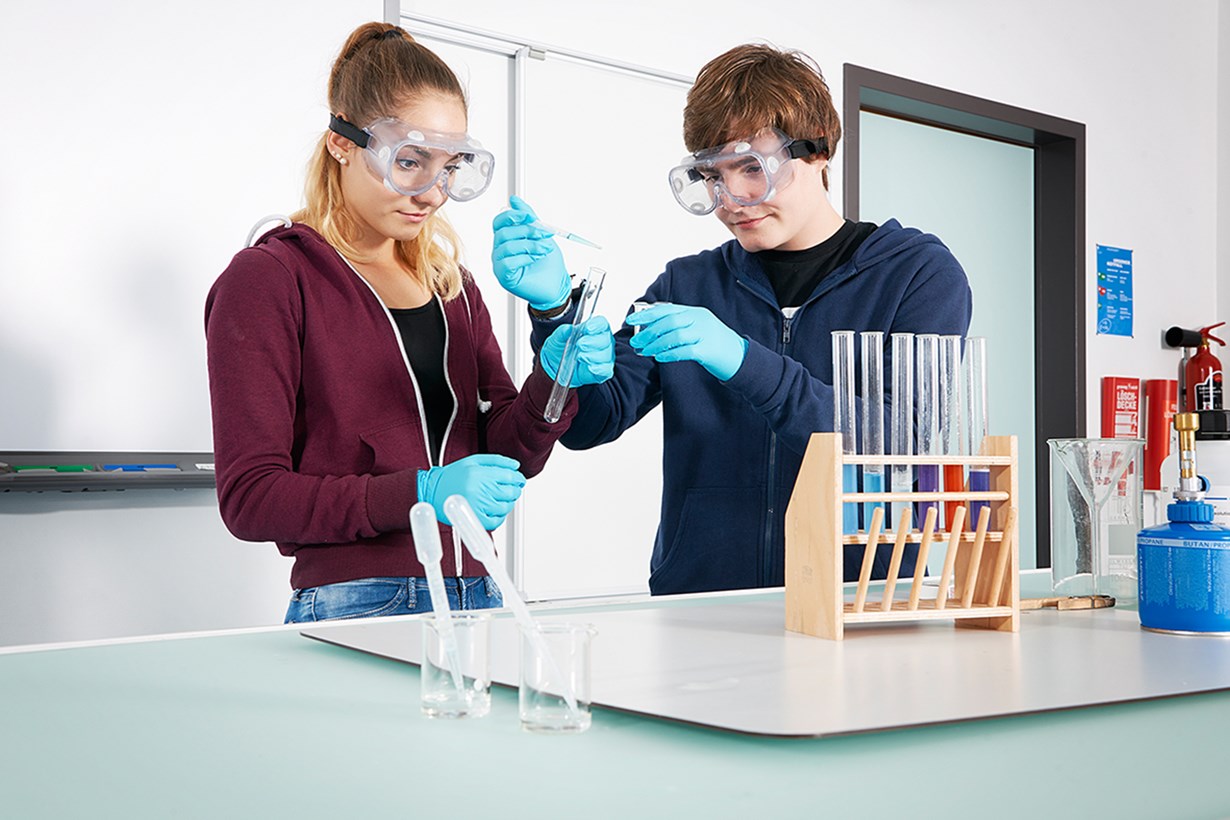Chemical accident at school: who is liable for damages?
A high school second grade student, during an authorized class assembly held in the chemistry laboratory, suffered a burn on his face and neck after a classmate had sprayed him with a burning substances container. This is what we learn in the Italian newspaper “Sole24ore” article.
The pupil's parents requested reimbursement of 100 thousand euros even though the reconstruction of the facts revealed that the classmate had reacted after the victim first sprayed him with a similar container but which did not contain dangerous substances.
The Court also blamed the victim for having recklessly used potentially dangerous objects, having the proper age at which it is possible to discern what is lawful to do.
The minor, therefore, in the sentence was considered capable of understanding and willing, and even if his responsibility was recognized, this did not preclude taking into consideration the responsibility of parents and teachers.
The judge, however, ruled out the responsibility of the parents having ascertained that the latter had given their underage child an age-appropriate education, while at the same time exercising adequate supervision.
Precisely with regard to supervision, judgment 4481 of 2001 of the Court of Cassation (Italian law) is reported which specifies that parents do not necessarily have to be physically present to the son to prove their supervision, but the relationship of the son with the extra-family environment must be considered.
According to the Court, what happened is not synonymous with bad education, but rather with immaturity and imprudence due to the goliardic context that can emerge from a break during a class assembly. In this way, the parents’ responsibility was excluded.
But can the responsibility be attributed to teachers and to the Ministry itself?
Although there was a criminal conviction against the teacher who had left the class by omitting the supervision of the pupils, and the school principal who had authorized the assembly by having it held in the chemistry laboratory, the Court cleared the teacher since there is no constant vigilance obligation during the class assemblies, but did not exonerate the school principal who had authorized the holding of the assembly in the chemistry laboratory where, clearly, there were substances that could be dangerous. The contest of guilt also involves the MIUR (Ministry of Education).
However, the Court also found the victim guilty to the extent of 25% because he voluntarily participated in the action that led to him accident when, exercising his free will, he could have gone away.
75% of the remaining blame was divided between the MIUR and the classmate, to the extent of 45% for the Ministry and 30% for the pupil.


